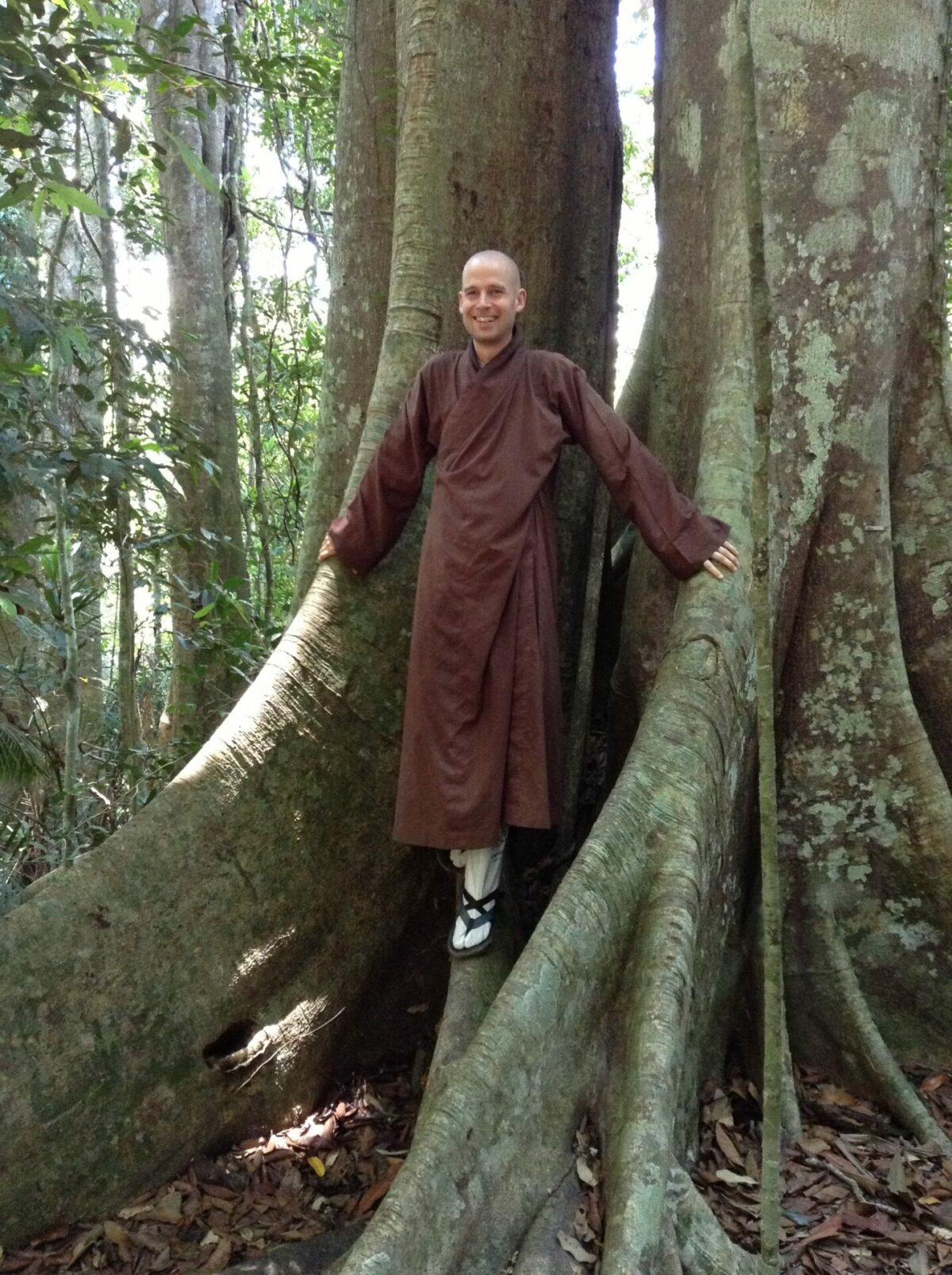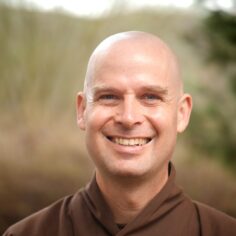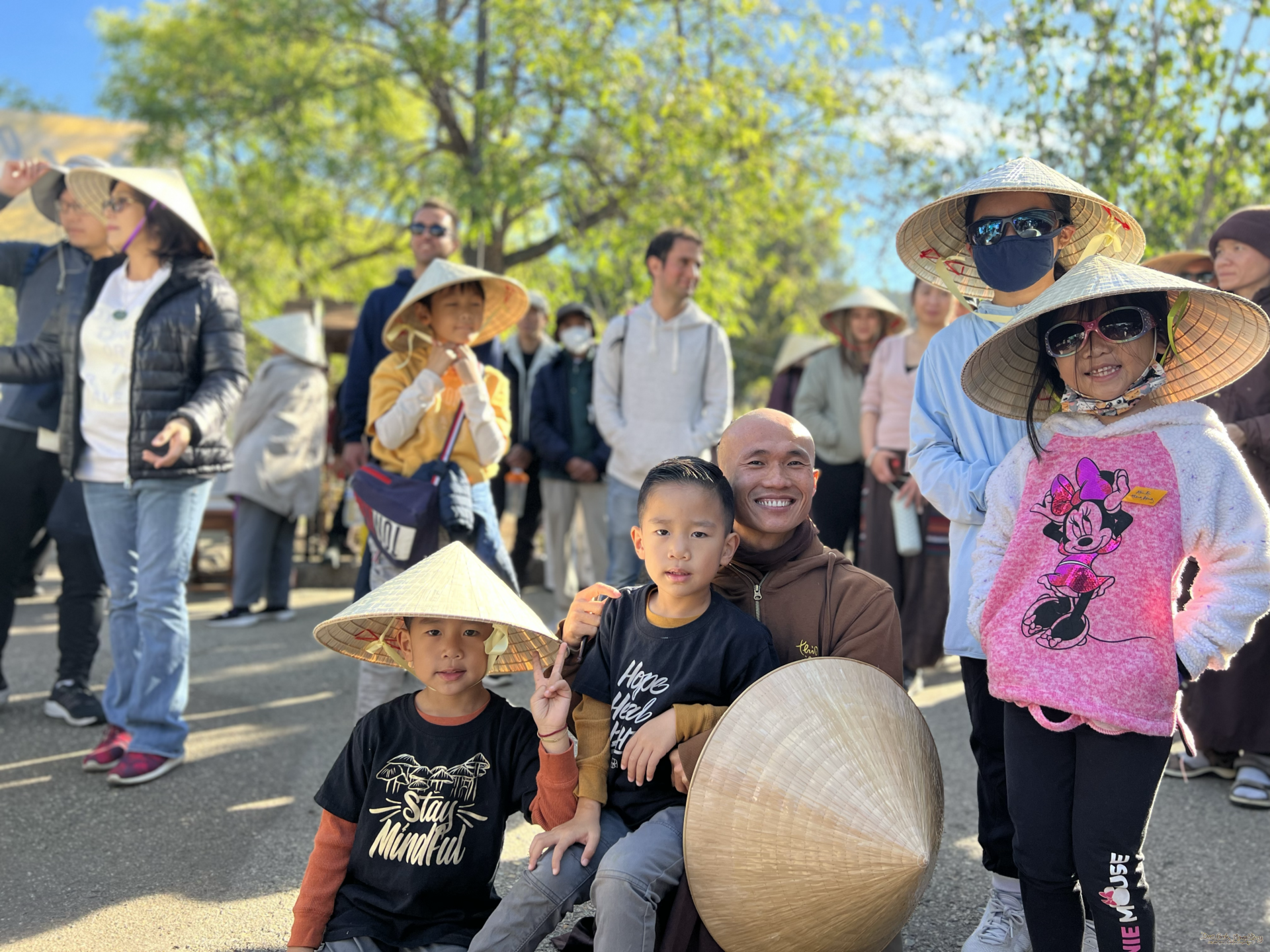When the Buddha sat under a pippala tree on the banks of the Nerañjarā River, determined to understand his mind, he was not interested in coming up with a new theory for the world. He wanted to transform his suffering. This issue of The Mindfulness Bell continues in the spirit of the Buddha’s first-person science of the mind: practical, open-minded, and non-dogmatic.

How do we as practitioners participate in a real science of the mind?
When the Buddha sat under a pippala tree on the banks of the Nerañjarā River, determined to understand his mind, he was not interested in coming up with a new theory for the world. He wanted to transform his suffering. This issue of The Mindfulness Bell continues in the spirit of the Buddha’s first-person science of the mind: practical, open-minded, and non-dogmatic.

How do we as practitioners participate in a real science of the mind? It starts by being aware of our breath and of our body to learn from our own lived experiences here and now. Through raw experimentation—shining the light of mindfulness on our body and mind—we see what to do and what not to do. Intuition manifests and we become scientists, evolving our approach in light of the evidence of experimental data. In meditation, our own mind and body are the laboratory. Subject and object are one, and we see ourselves as a participant in the health of the collective: collective awakening is the realization of public health and wellbeing.
Thầy reminds us in his 2012 book Love Letter to the Earth, “Every advance in our understanding of ourselves, our nature, and our place in the cosmos deepens our reverence and love.… In the twenty-first century it should be possible for us to come together and offer ourselves the kind of religion that can help unite all peoples and all nations, and remove all separation and discrimination. If existing religions and philosophies, as well as science, can make an effort to go in this direction, it will be possible to establish a cosmic religion based not on myth, belief, or dogma, but on evidence and the insight of interbeing. And that would be a giant leap for humankind.”
Come, experiment, play, and learn with us.
Brother Pháp Lưu
Advisor and Editor


